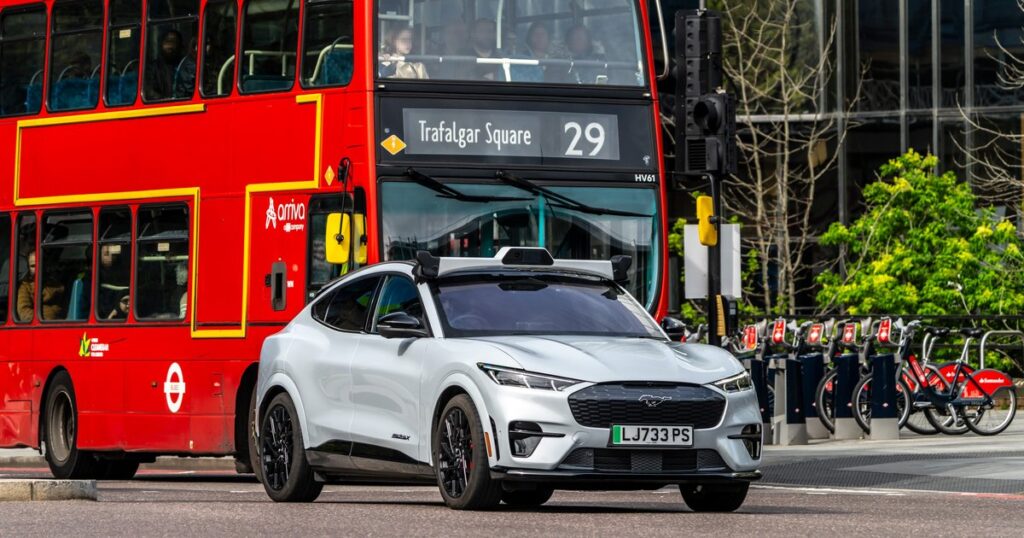The startup, which is developing AI technology to power self-driving cars, has successfully raised a total of US$1.05 billion in funding.
Notably, tech giants Microsoft and Nvidia are among the companies that have invested in Wayve’s latest series C funding round, which was led by investment firm SoftBank. This funding round represents the largest investment ever made in an AI company in Europe.
Wayve has stated that the recent funding round, bringing its total funds raised to approximately US$1.3 billion, will enable the company to contribute to the development of autonomous cars in the future.
This announcement is significant as it goes against the current trend of investment in autonomous driving. For instance, GM recently announced a cut in spending of about US$1 billion on its autonomous car subsidiary Cruise, while Apple decided to cancel its autonomous car project altogether in order to focus on AI efforts.
Understanding Wayve
Established in 2017 by co-founder and CEO Alex Kendall, Wayve is focused on creating AI software solutions for autonomous driving. What sets Wayve apart from other players in the industry is its approach of targeting OEM carmakers and fleet operators to integrate its technology into their vehicles rather than creating or operating the cars themselves.
Kendall has emphasized that Wayve has chosen not to limit its future options by partnering with a single manufacturer for its Automated driving systems.
The technology developed by Wayve, known as ’embodied AI’, involves training self-driving cars to navigate based on their own interactions with the environment and even human behavior.
Their strategy involves utilizing deep learning and reinforcement learning techniques to train self-driving cars to navigate without heavy reliance on high-definition maps, extensive sensor suites, or preprogrammed interactions.
The AI Technology behind Autonomous Driving
Wayve’s AV2.0, featuring an end-to-end learning AI driving model, aims to enhance vehicles’ ability to navigate complex urban environments. This model integrates perception and control into a single neural network architecture, enabling driving decisions to be made directly from raw sensor data using self-supervised learning.
Wayve was the first to develop and test such an end-to-end deep learning autonomous driving system on public roads. This approach differs from other autonomous vehicles, such as Alphabet’s Waymo, which combines various techniques including deep learning, classical machine learning, and rule-based algorithms to navigate safely.
AV2.0 is designed to be adaptable to various types of vehicles, from passenger cars to delivery vans. The technology is being developed to train its LLM on photorealistic simulations, utilize generative AI for object prediction, and incorporate model introspection.


